Takin: An Unusual Highland Animal and Its Golden Fleece
Some researchers speculate that the famous Golden Fleece from ancient Greek myths may have originated from the takin, an extraordinary animal found in highland regions.
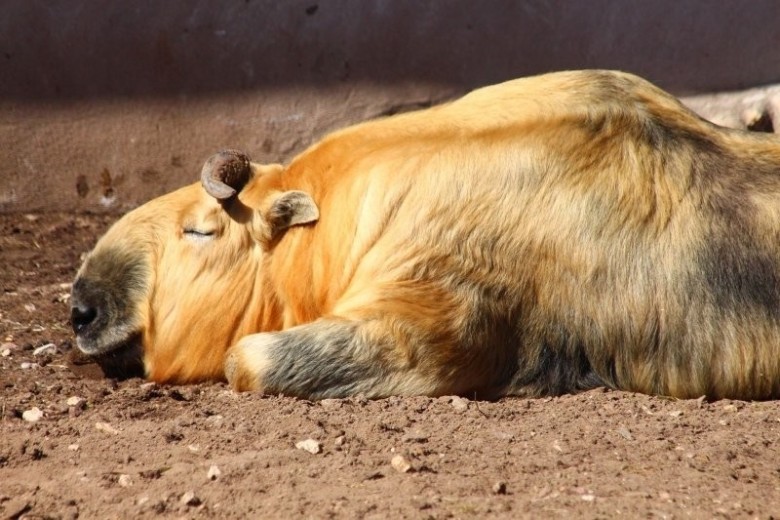
The takin combines the characteristics of several animals, including the goat, buffalo, musk ox, bison, elk, and even the bear (with a similar tail). These remarkable creatures inhabit the mountains of northeast India, Tibet, Nepal, and certain regions in China. Growing up to a meter in height at the withers, with a body length of 120-150 centimeters and a weight of up to 300 kg, takins are true giants.
There are four species of takin: Sichuan (or takin-mishmi), Burmese (nominate subspecies), golden, and Bhutanese. They tend to settle in areas rich in bamboo, as the leaves serve as a staple in their diet. When a security threat arises, takins employ a unique warning system. They lie on the ground, blending with the surroundings, and listen attentively for vibrations. If their intuition is confirmed, the bull emits a roar, alerting the rest of the herd to gather and react.
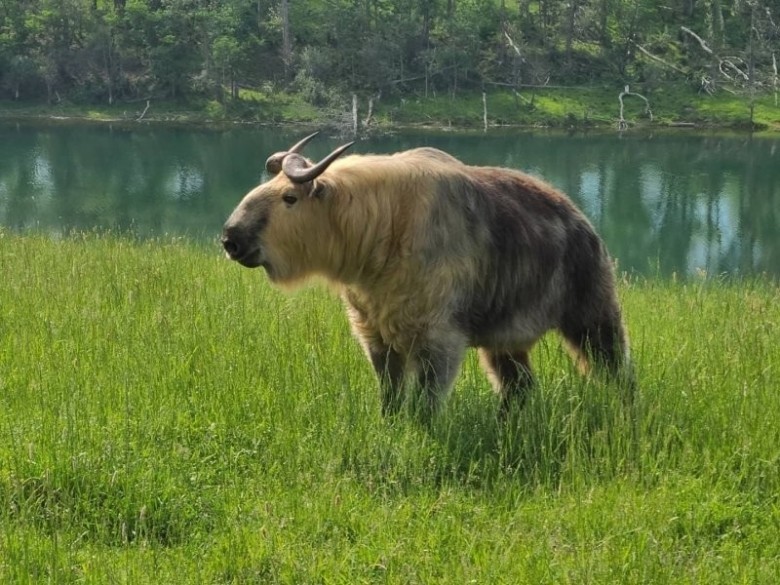
Circumstances have driven takins to seek refuge in the high mountains, primarily due to human activities. These bovids are categorized as a vulnerable species in the International Red Book. It seems that the myth of the Golden Fleece could have some basis, as humans still covet their thick, golden wool—a valuable asset in challenging conditions. While takins prefer to stay in groups or herds, they are respectful of each other's personal space and avoid unnecessary conflicts to ensure peaceful grazing.
Despite the adults' imposing size, takin offspring are born weak and vulnerable. For several days, the mother remains devoted to nurturing them. However, once the young takins gain some stability on their feet, the female loses interest and entrusts their care to a dedicated nanny. Within the herd, one female assumes this role, displaying exceptional competence. The reasons guiding her choice—be it experience, desire, or a love for the younger generation—remain unknown.
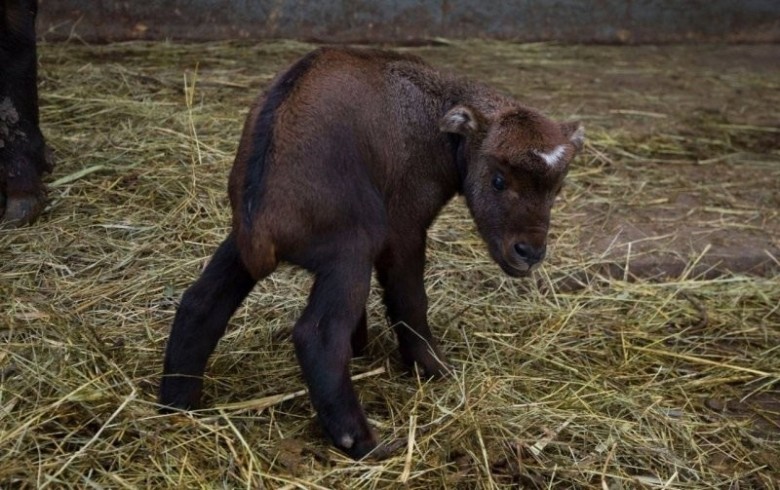
During the summer, takins live in small groups, but as winter approaches, they gather in large herds to better withstand the cold and protect themselves from hungry predators. Snow leopards, jaguars, white-breasted bears, and Himalayan wolves pose the greatest threat in their natural habitat.
Older males often prefer to lead a solitary life. There is an inherent wisdom in this behavior. Firstly, it becomes challenging for them to keep up with the herd. Nonetheless, they maintain a watchful eye on their former family from afar. Secondly, the patriarchs have seemingly gained enough wisdom to accept the natural decline of life. In times of danger, whether attacked by predators or faced with human intrusion, they prioritize diverting attention towards themselves, even sacrificing their lives to safeguard their descendants.

The takin's solitary lifestyle is not only a consequence of old age but also a testament to their wisdom and selflessness. They understand the importance of preserving their family line and are willing to make sacrifices for the greater good.
In addition to their remarkable behavior, takins possess an undeniable beauty. Their thick golden fleece is not only sought after by humans but also an essential tool for their survival in harsh environments. The fleece provides insulation against the bitter cold of the mountain slopes and offers camouflage against potential predators.
Given their vulnerable status in the International Red Book, conservation efforts are underway to protect these majestic creatures. The destruction of their habitat and poaching have decimated their population, causing concern among wildlife experts. Efforts to preserve their natural habitats and enforce anti-poaching measures are crucial to ensuring the takin's continued existence.
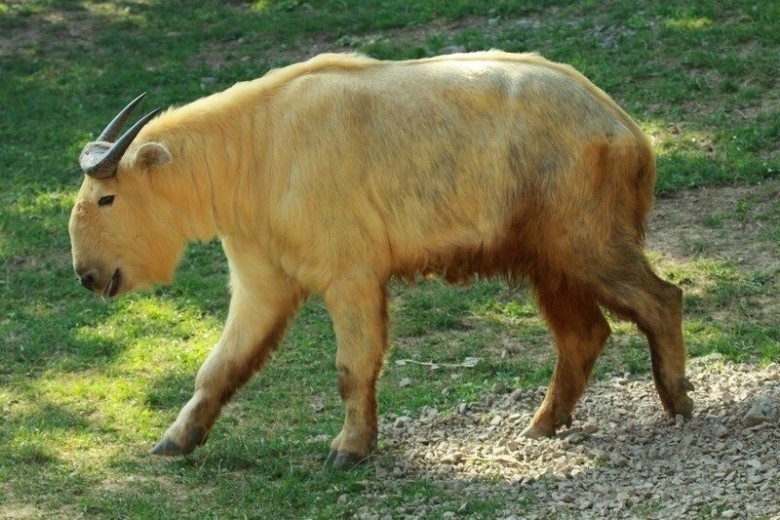
As with many species, education and awareness play a pivotal role in their preservation. By spreading knowledge about the unique characteristics and importance of the takin, we can inspire others to appreciate and protect these magnificent creatures.
In conclusion, the takin is a truly exceptional animal that combines the qualities of various species in its physical appearance and behavior. Their golden fleece, reminiscent of the mythological Golden Fleece, has become a symbol of their resilience and adaptation to challenging mountain environments. As we strive to protect these vulnerable creatures, let us remember the lessons they teach us about wisdom, sacrifice, and the interconnectedness of all living beings.
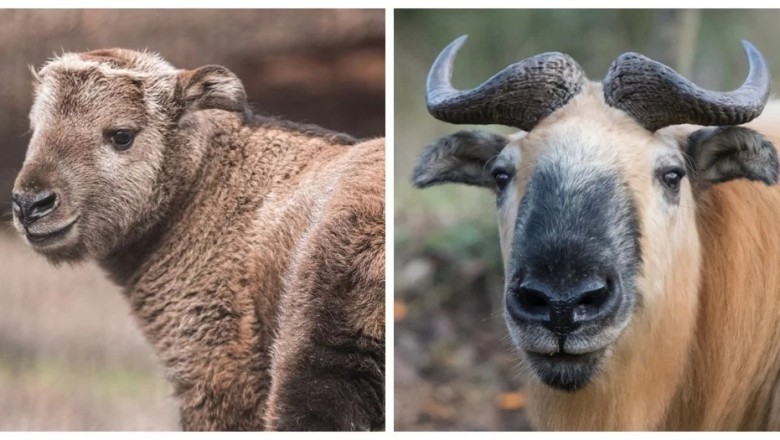
















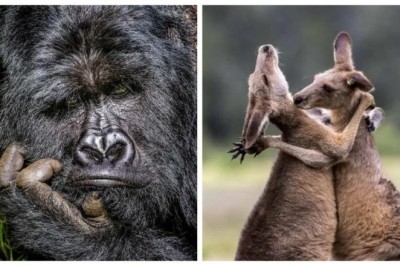
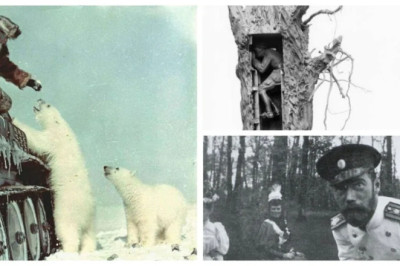
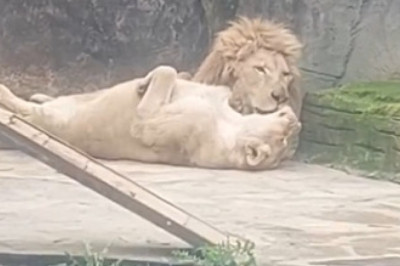






Comments
0 comment